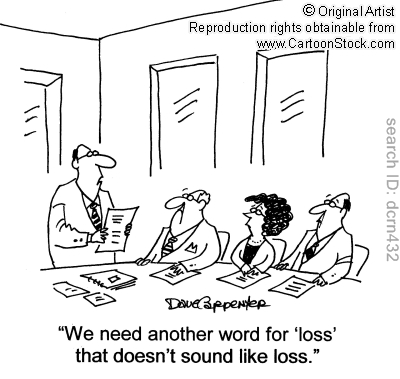The following is my Top Ten List of things I have learned about PR this semester:
- A company or organization’s endorsers should be genuine/authentic and knowledgable when it comes to whatever they are supporting.
- Silence on a serious incident is hurtful, not helpful. When crisis hits, it is important to release a smart statement as soon as possible.
- Research is a must – you cannot know what the people want and what you have to offer for them if a research effort is not made.
- The greatest behavior change will come from the persuasion of an opinion leader. Opinion leaders are people who are knowledgable experts who articulate opinions about specific issues in public discussion.
- Public Relations practitioners must reach a diverse and constantly changing audience. It is so important to identify the target audience in order to appropriately and effectively customize communications and public relations efforts. Keeping a close eye on values and trends is key in knowing how to get through to your audience.
- News releases are a great way for free publicity. 77 percent of journalists use press releases and 80 percent use public relations sources. Therefore, it is important to submit only what can actually be considered a news story and to with a clearly stated summary that contains the most important message.
- With social media being so big, PR practitioners have to learn how to condense their writing to get the point across.
- When it comes to conflict management, it is important to be aware of the Life Cycle. First there is proactive. This involves environmental scanning, issues tracking, issues management. The point of it is to avoid conflict before it is able to happen by taking the action necessary. The next method is strategic. It involves risk communication, conflict positioning, and crisis management. Then there is reactive. This is a response to crisis that is unexpected but happens to occur. It involves crisis communication, litigation PR, and conflict resolution. Lastly, there is the recovery stage. It involves reputation management and image restoration.
- When planning a public relations campaign you should consider these eight basic elements: situation, objectives, audience, strategy, tactics, calendar/timetable, budget, and measurement. It’s important to set goals and know what your main purpose/point is. You work with your time and budget to reach this goal.
- Lastly, you can’t win unless you start the R.A.C.E. — that is follow the process — research, action, communication, and evaluation


